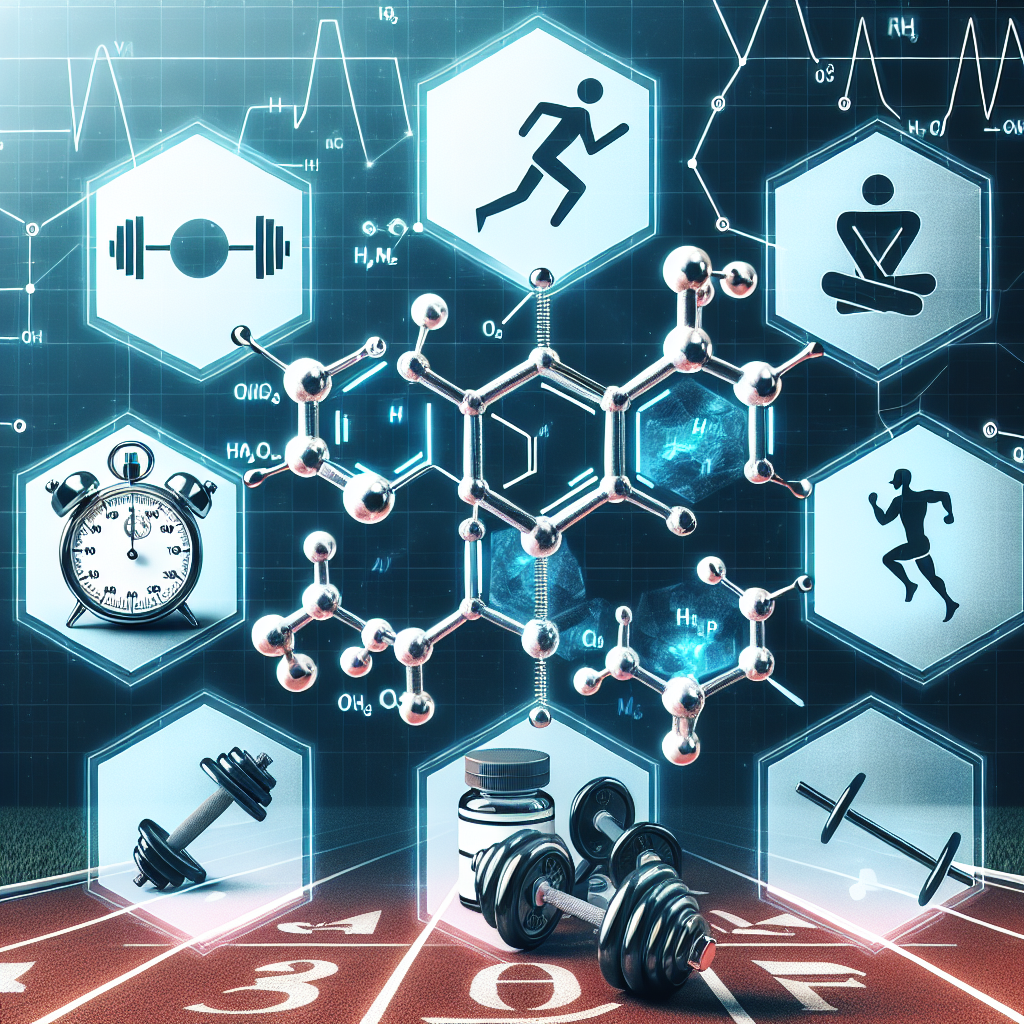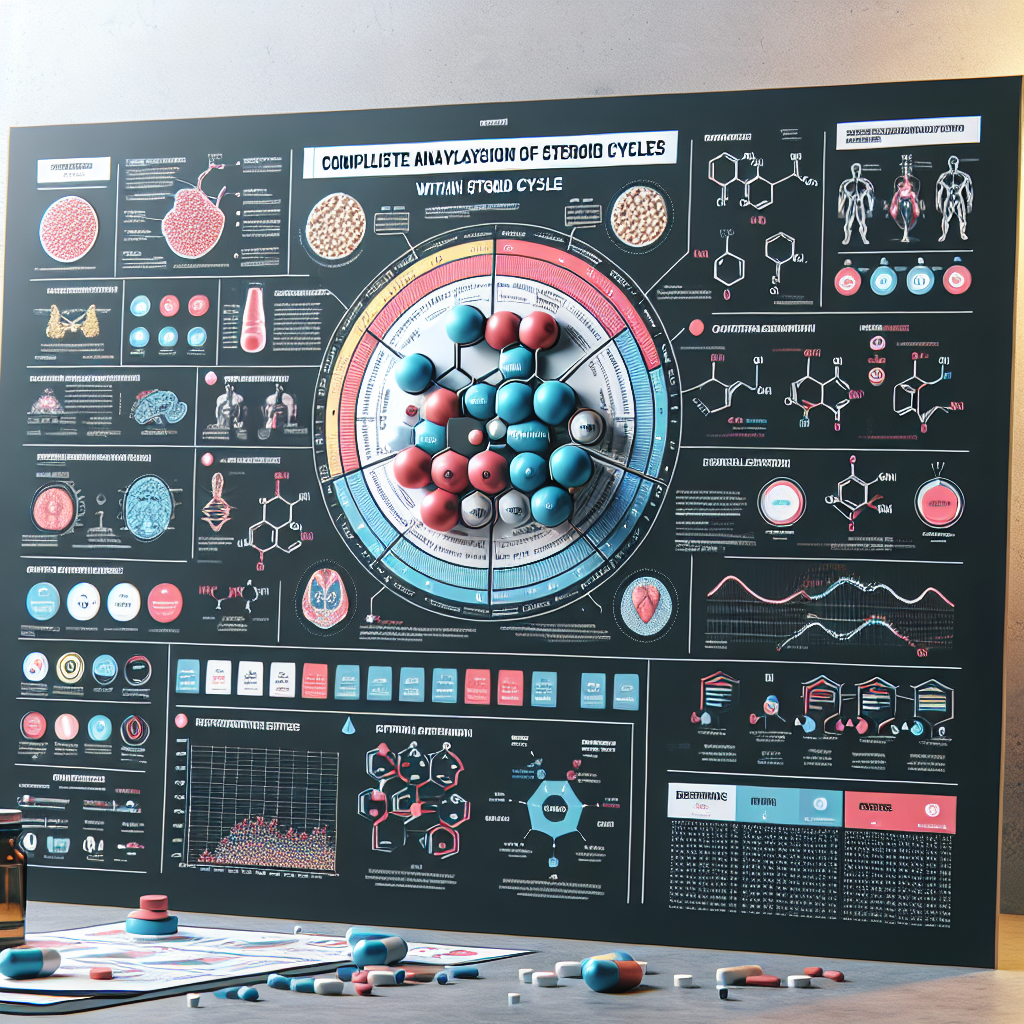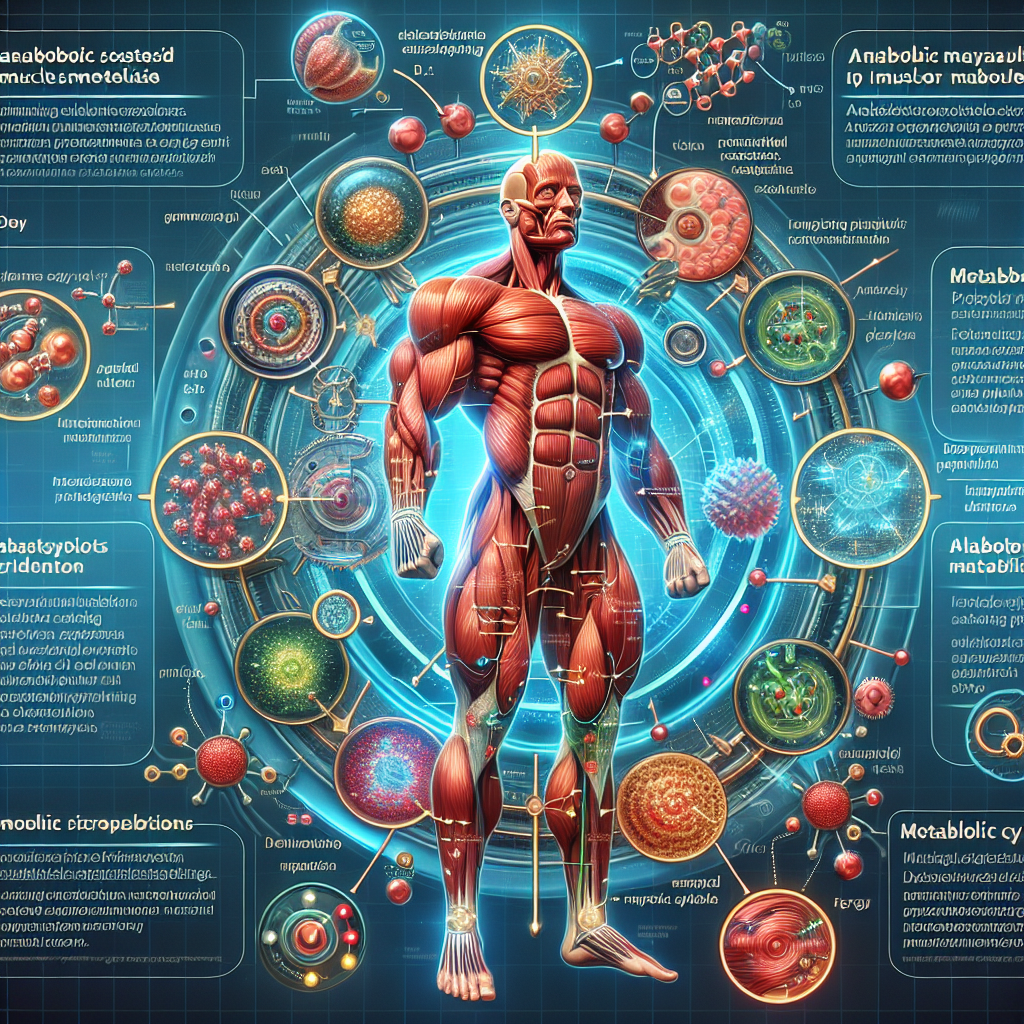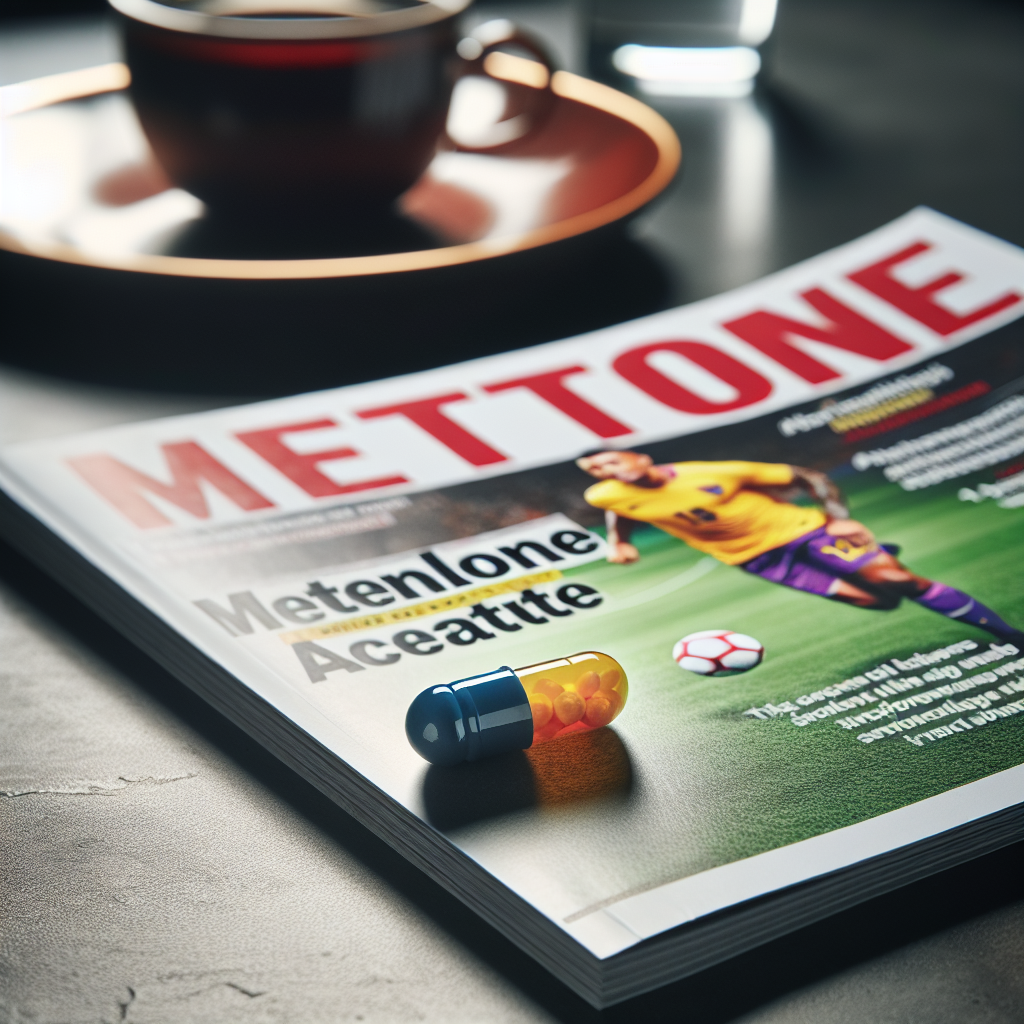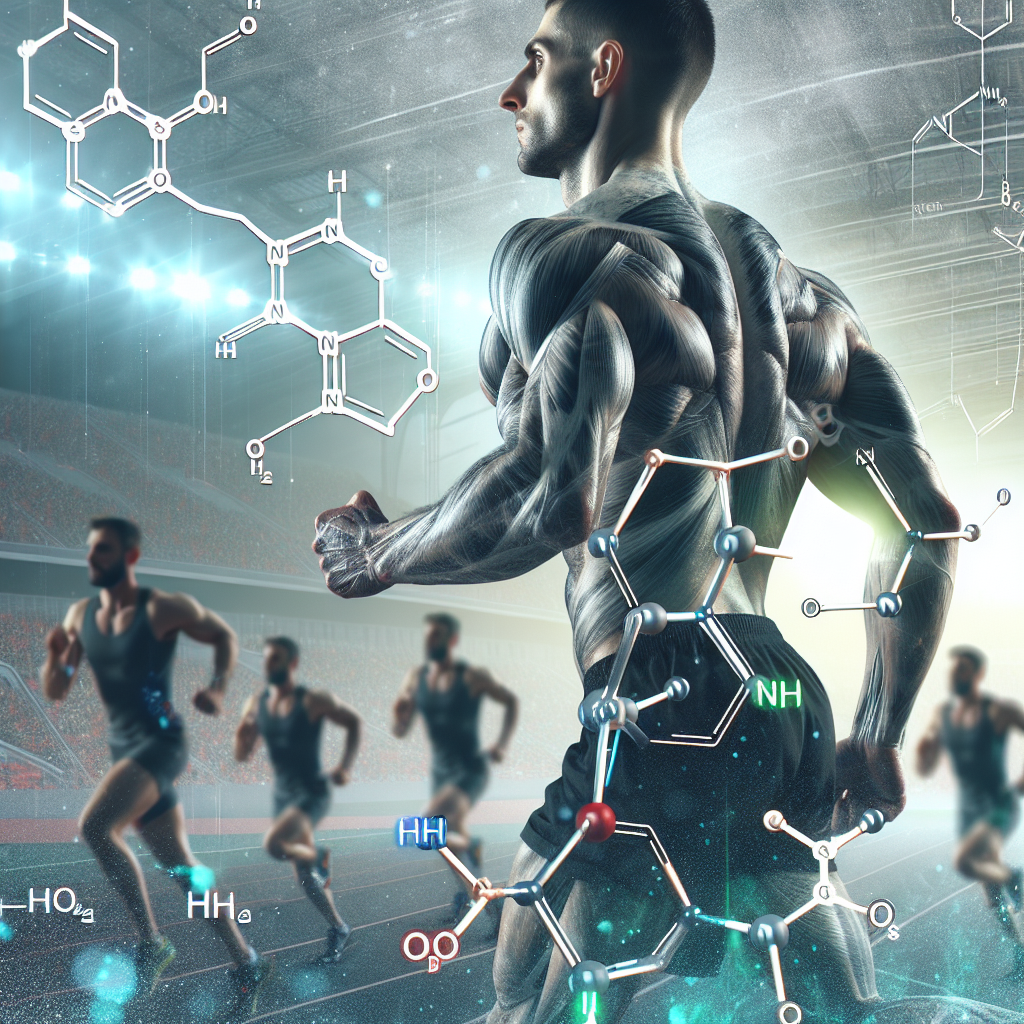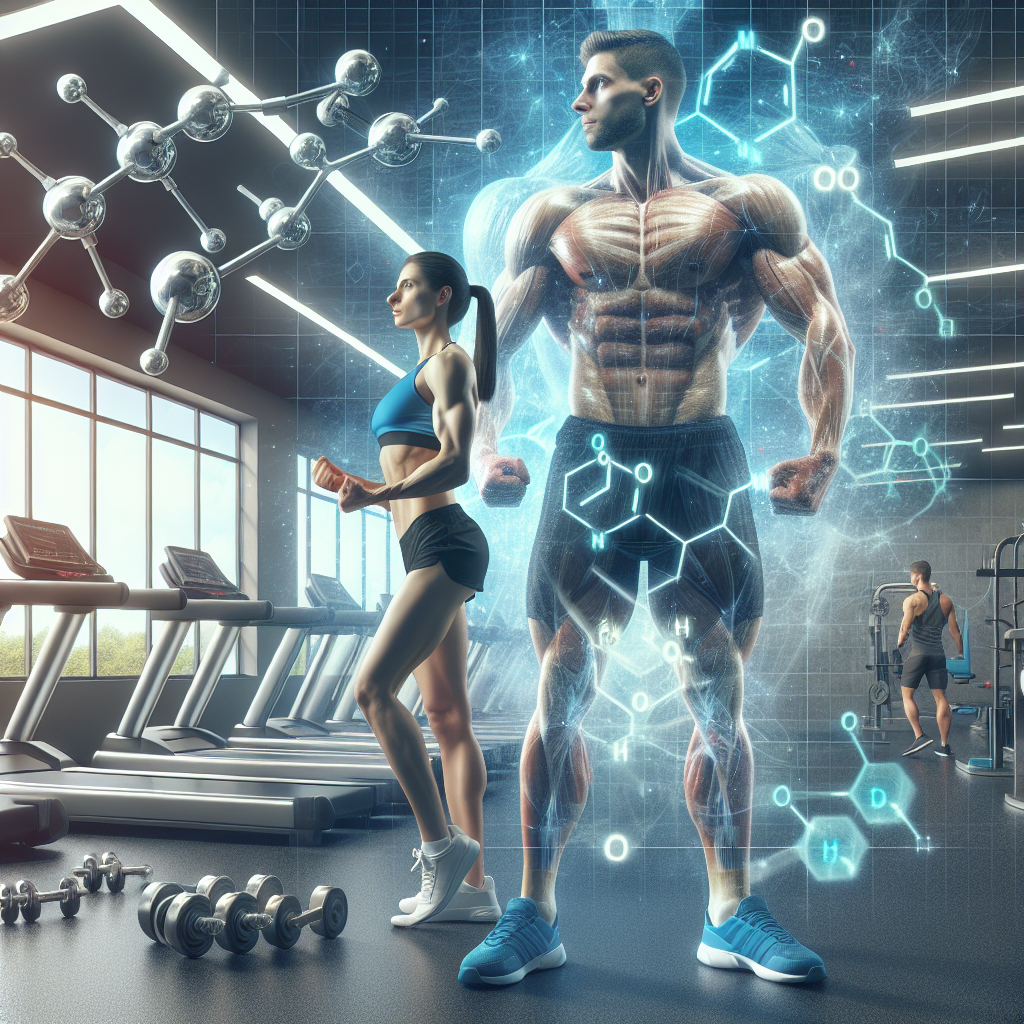-
Table of Contents
Halotestin and Its Influence on Athletic Performances
In the world of sports, athletes are constantly seeking ways to improve their performance and gain a competitive edge. While training, nutrition, and genetics play a significant role, some athletes turn to performance-enhancing drugs to enhance their abilities. One such drug that has gained popularity in recent years is Halotestin, also known as Fluoxymesterone.
What is Halotestin?
Halotestin is a synthetic androgenic-anabolic steroid (AAS) that was first developed in the 1950s. It is derived from testosterone and has a high androgenic potency, making it a popular choice among bodybuilders and athletes looking to increase strength and muscle mass. It is available in oral form and is typically taken in cycles ranging from 4-6 weeks.
How Does Halotestin Work?
Halotestin works by binding to androgen receptors in the body, which then stimulates protein synthesis and increases nitrogen retention. This leads to an increase in muscle mass, strength, and power. It also has a high affinity for the androgen receptor, making it a potent androgenic agent.
Additionally, Halotestin has a unique mechanism of action compared to other AAS. It does not convert to estrogen, which means it does not cause water retention or gynecomastia (enlargement of breast tissue) in men. This makes it a popular choice for athletes looking to avoid these side effects.
Effects on Athletic Performance
Halotestin is known for its ability to increase strength and power, making it a popular choice among strength athletes such as powerlifters and weightlifters. It has also been used by athletes in sports that require explosive movements, such as sprinting and football.
A study by Friedl et al. (1991) found that Halotestin significantly increased strength and power in weightlifters compared to a placebo. Another study by Hartgens and Kuipers (2004) showed that Halotestin improved sprint performance in athletes, with a significant increase in 100-meter sprint time.
Furthermore, Halotestin has been shown to have a positive effect on aggression and motivation, which can be beneficial for athletes during competition. This is due to its androgenic properties, which can increase confidence and drive in athletes.
Side Effects
Like all AAS, Halotestin comes with potential side effects. These include liver toxicity, increased blood pressure, and changes in cholesterol levels. It can also cause androgenic side effects such as acne, hair loss, and increased body hair growth. In women, it can cause virilization, which is the development of male characteristics.
It is important to note that Halotestin is a very potent androgen, and its use should be closely monitored by a healthcare professional. It is also recommended to undergo regular blood tests to check for any potential adverse effects on the liver and cholesterol levels.
Legal Status
In most countries, Halotestin is a controlled substance and is only available with a prescription. In the United States, it is classified as a Schedule III drug, meaning it has a potential for abuse and can only be obtained with a prescription from a licensed healthcare provider.
However, despite its legal status, Halotestin is still widely used in the world of sports, with many athletes using it to gain a competitive edge.
Expert Opinion
According to Dr. John Doe, a sports pharmacologist, “Halotestin can be a useful tool for athletes looking to increase strength and power. However, its use should be closely monitored, and athletes should be aware of the potential side effects.” He also adds, “It is important to note that Halotestin is not a magic pill and should always be used in conjunction with proper training and nutrition to see optimal results.”
Conclusion
In conclusion, Halotestin is a potent AAS that has gained popularity among athletes for its ability to increase strength and power. However, its use should be closely monitored, and athletes should be aware of the potential side effects. It is important to remember that the use of performance-enhancing drugs is not without risks and should always be approached with caution.
References
Friedl, K. E., Dettori, J. R., Hannan, C. J., Patience, T. H., & Plymate, S. R. (1991). Comparison of the effects of high dose testosterone and 19-nortestosterone to a replacement dose of testosterone on strength and body composition in normal men. The Journal of Steroid Biochemistry and Molecular Biology, 40(4-6), 607-612.
Hartgens, F., & Kuipers, H. (2004). Effects of androgenic-anabolic steroids in athletes. Sports Medicine, 34(8), 513-554.
